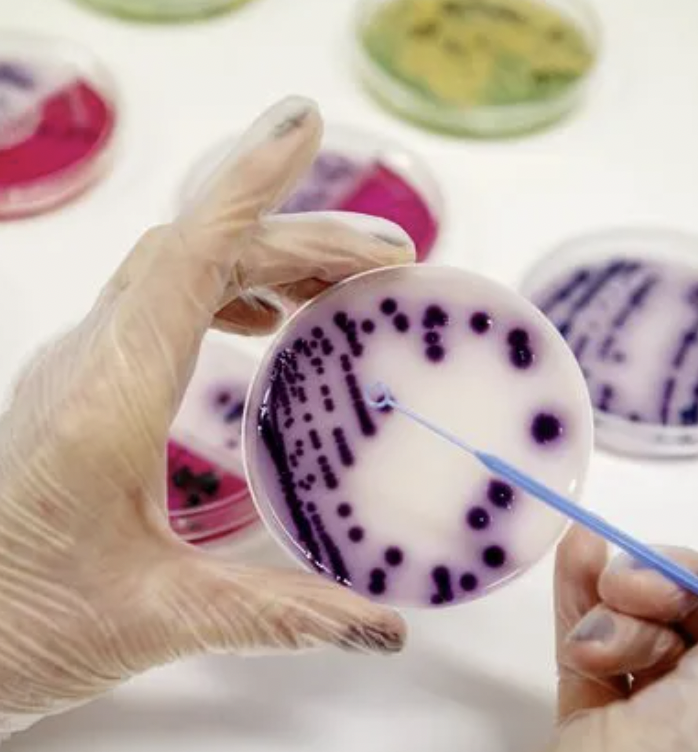New method for cutting costs when using UV disinfection
Published on by Water Network Research, Official research team of The Water Network in Academic
Recent Nofima research in the CtrlAQUA Intake project shows that there is a lot of gain from adapting the dose to the pathogen one is dealing with.

Recent Nofima research in the CtrlAQUA Intake project “Strategies for water treatment in closed-containment aquaculture” shows that there is a lot of gain from adapting the dose to the pathogen one is dealing with.
An effective – but expensive technology
The technology is well-established, but the learnings are new. When disinfecting water with ultraviolet light (UV), special UV lamps are used that emit light of a certain wavelength – low pressure or medium pressure. These UV light waves are able to interfere with the DNA found in harmful microorganisms. UV dose is another characteristic crucial for the disinfection, the harder is to kill a pathogen, the higher UV dose is required and vice-versa. According to adopted guidelines from the Norwegian authorities, there is a minimum UV dose to apply: 25 mJ/cm2
Aquaculture is an increasingly important source of safe, nutritious, and sustainable seafood for people worldwide. Globally, aquaculture production must double by 2030 to keep pace with demand. These increases in demand for aquaculture products, food security considerations, and job creation have generated an increased need for skilled workers.
However, using ultraviolet light is costly, both in the form of spent energy and the special lamps. So, the crucial is: does one need to use high doses on all the different harmful bacteria and viruses?
Because UV treatment of intake water is so energetically costly, it will be more economically sustainable to use the exact dose that is necessary to eliminate a specific pathogen.
VASCO MOTA, NOFIMA RESEARCHER
“Because UV treatment of intake water is so energetically costly, it will be more economically sustainable to use the exact dose that is necessary to eliminate a specific pathogen. Neither more nor less. We test different doses to find out which dose leads to a 99.9 percent reduction of various pathogens. We do not require particularly high doses for most pathogens”, says Nofima scientist Vasco Mota.
Six pathogens investigated
Two master students, Kari Justad (The Arctic University of Norway) and Miguel Guerreiro (University of Algarve, Portugal), conducted their work at Nofima Tromsø laboratories. Together with Nofima technicians and researchers they used two UV Collimated Beam Apparatus to investigate six different pathogens:
Two Virus: IPNV and ISAV
Three Bacteria: Yersinia ruckeri, Moritella viscosa and Tenacibaculum spp
One copepodite: salmon lice
Two different UVC technologies of distinct wavelength lengths (λ) were used; a low-pressure (254 nm), and a medium pressure (220-300 nm).
“The IPNV is the only one of the five virus and bacteria we have tested that required a very high dose, luckily there is a vaccine against it. All the other pathogens were eliminated using UV doses typically below 10 mj/cm2”, says Vasco Mota.
Taxonomy
- Bacteria
- UV Disinfection
- Fish Farming